A STEM Camp for Young Learners
I just finished a week long – half day STEM camp for learners, ages 7 through 12, half girls and half boys. The energy in the room throughout the week was pretty incredible. There was close to 100% engagement the entire time which is always my goal in teaching. I love turning kids onto STEM, and there is evidence that exposure at a younger age increases the chances of later interest.
Some Evidence of the Importance of STEM in the Early Years
Research tells us that children’s early experience builds brain architecture and lays the foundation for one’s lifelong thinking skills and approach to learning, both critical roots of STEM success. After all, the STEM disciplines require not only content knowledge but also robust thinking dispositions—such as curiosity and inquiry, questioning and skepticism, assessment and analysis—as well as a strong learning mindset and confidence when encountering new information or challenges. These need to be developed in a child’s early education, beginning in infancy and continuing through third grade to lay the roots for STEM success. (McClure et al., 2017) (The Roots of STEM Success: Changing Early Learning Experiences to Build Lifelong Thinking Skills)
According to a new research project, children who engage in scientific activities at an early age (between birth and age 8) develop positive attitudes toward science, build up their STEM “vocabularies” and do better at problem solving, meeting challenges and acquiring new skills. “STEM starts early: Grounding science, technology, engineering and math education in early childhood,” published by the Joan Ganz Cooney Center at Sesame Workshop and New America and supported by a National Science Foundation grant, has asserted that “the seeds of STEM must be planted early,” right alongside the “seeds of literacy.” Together, the report said, “these mutually enhancing, interwoven strands of learning will grow well informed, critical citizens prepared for a digital tomorrow.” (Research: Let’s Move STEM Learning Earlier)
The Camp
Due to the experiential nature of most of my instruction, I use an experiential cycle of learning:
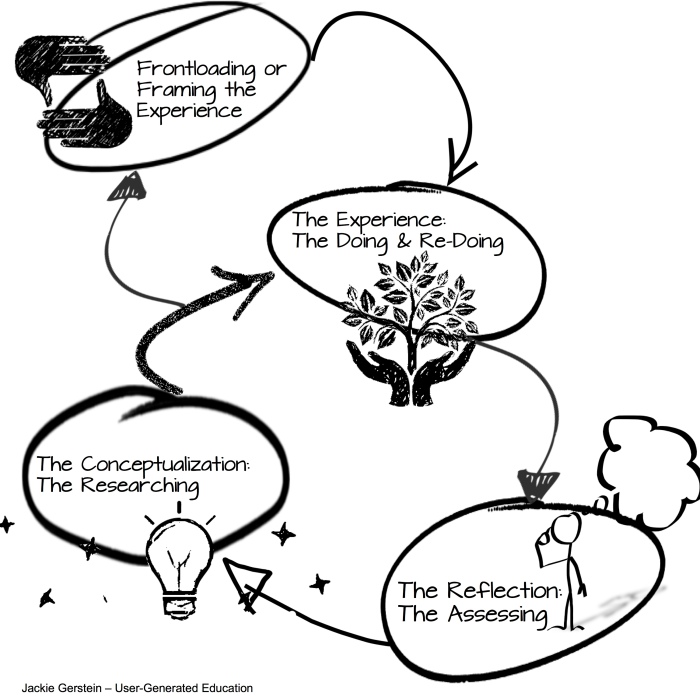
What follows is how I applied it during the STEM camp.
Framing the Activities
The STEM activities were introduced through (1) the use of Brainpop videos and their accompanying quizzes, and (2) tutorial videos and/or webpages with directions. Brainpop videos, due to their animation and humor, have a high interest value for kids, and their follow-up quizzes help to create more active learning. After the Brainpop video introduction, the campers were given an overview of the specific activities through the tutorials. I then would show them the tutorial step-by-step. For some campers, seeing the tutorial in its entirety was enough for them to do the project. Others needed me to go over the project step-by-step using the tutorials as guides. I prefer using online tutorials rather than doing them myself as demonstrations because the tutorials can be projected for a larger image and better viewing by all of the learners.
These specific resources can be found in the slide deck below:
The Doing
The camp consisted mostly of campers DOING the STEM activities. See below for a photographic journey of their engagement in the activities.
Reflection
Activity reflections occurred after the completion of the day’s activities using science journals:
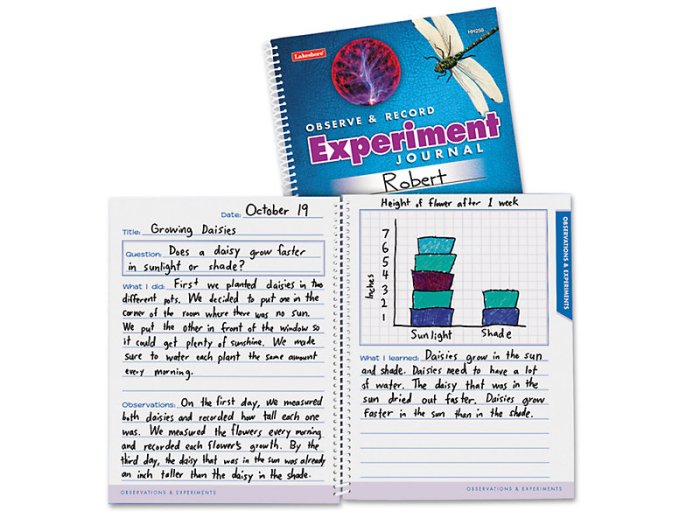
https://www.lakeshorelearning.com/products/el/s/HH258
Journals such as these not only benefit the learners but the educator, too. They provide such good activity evaluation information. For example, the last day of camp, students selected two photos from the week from all of the week’s photos that represented their favorite activities. These were printed for them and they then glued the images into their journals and wrote about them. They then did a verbal check-in to tell the rest of us which ones they selected and why.
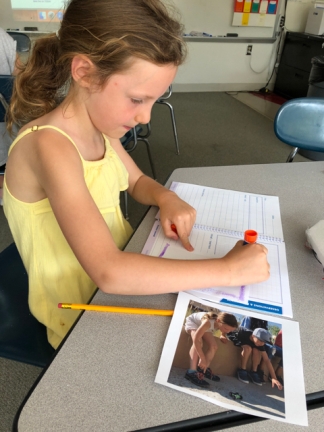
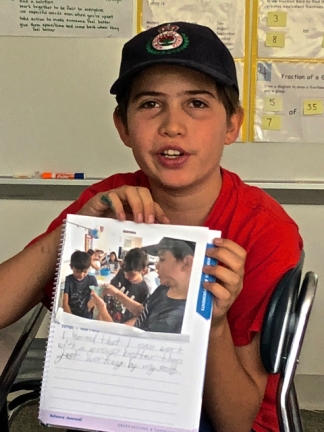
When they were sharing these with the rest of the group, one of the girls mentioned that the DIY crystals was her favorite. I was totally surprised. I thought this activity was a dude as the kids didn’t seem that excited about them. I was thinking about dropping it as a STEM activity in the future but now I will, due to her comment, consider using it again.
Our Week in Images
Chemistry – Elephant Toothpaste
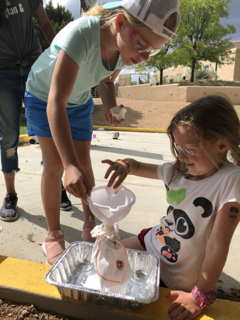
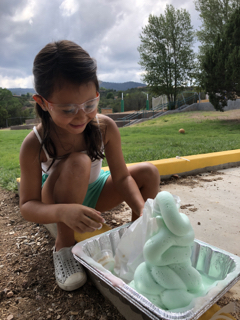
Chemistry – Slime
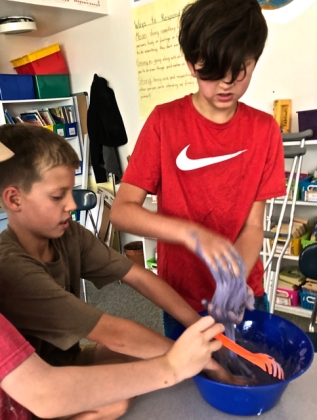
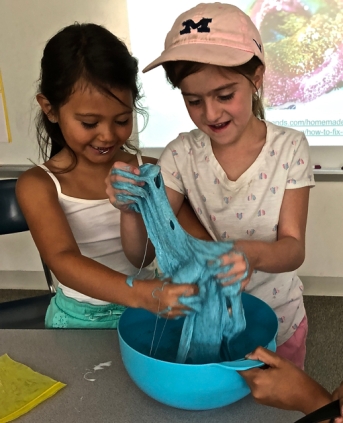
Chemistry – Orbeez Stress Balls
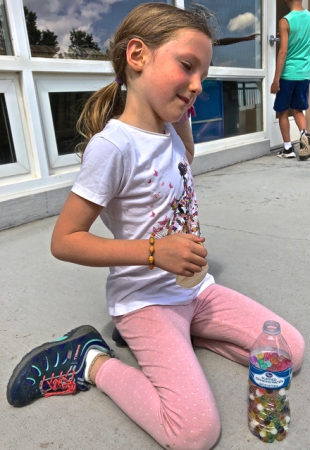

Solar – Solar Cars
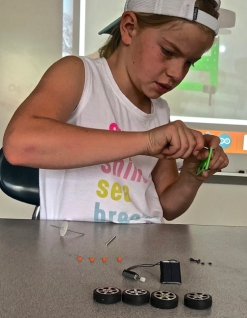
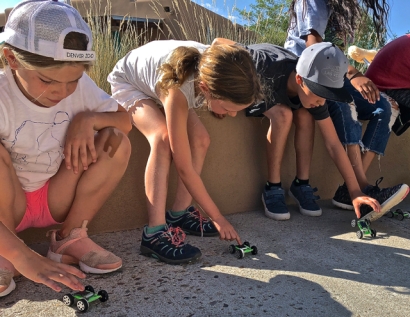
Solar – Solar Ovens
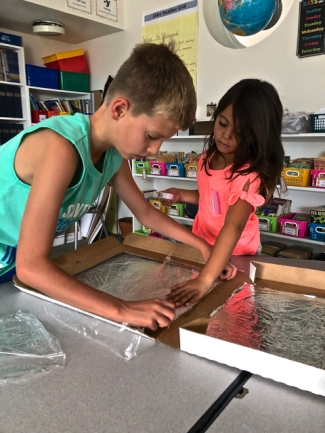
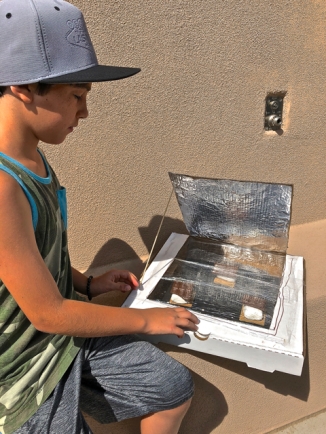
Art and Science – Geometric Structures
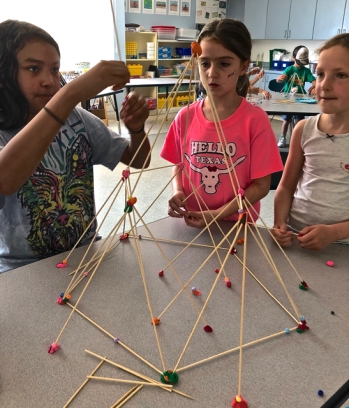
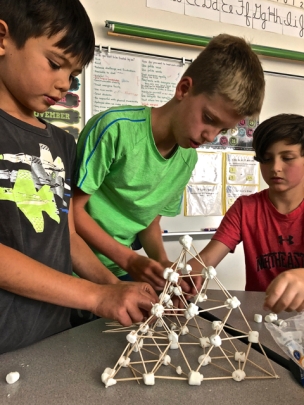
Art and Science – DIY Crystals
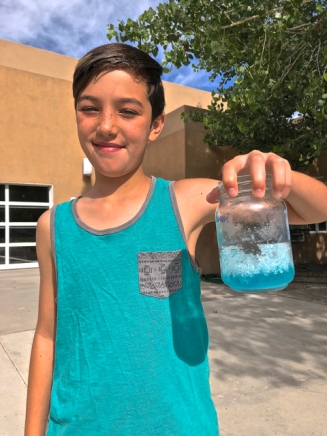
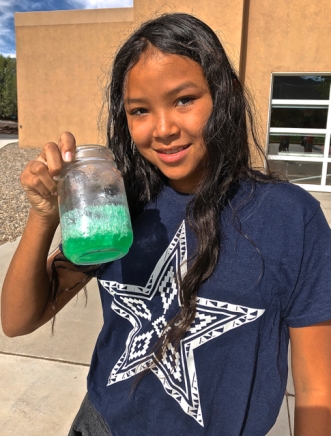
Kinetic Projects – Cranky Contraptions
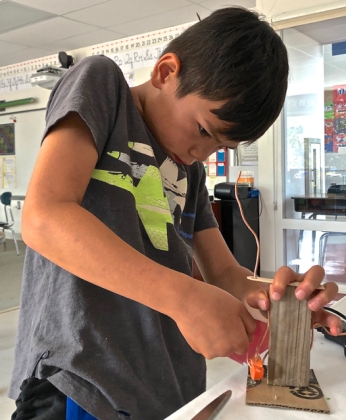
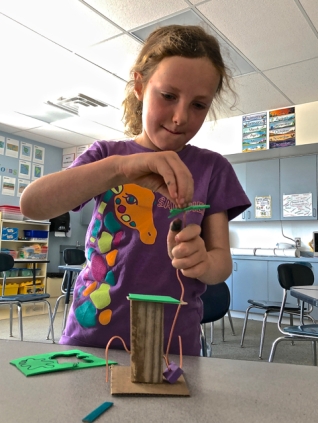
Kinetic Projects – Helium Balloon Blimp

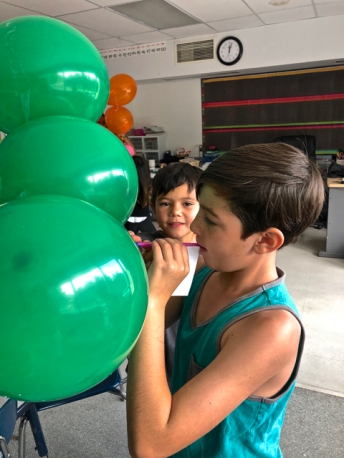
Kinetic Projects – Motor Boats
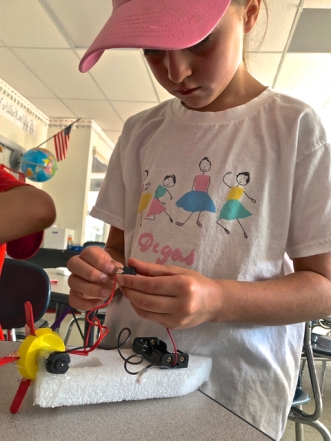
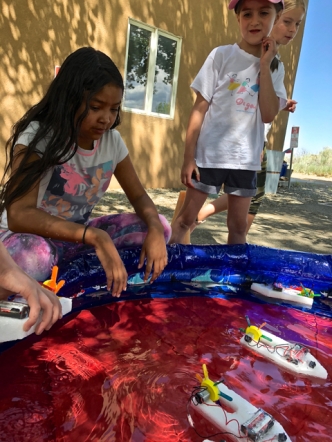

Leave a comment